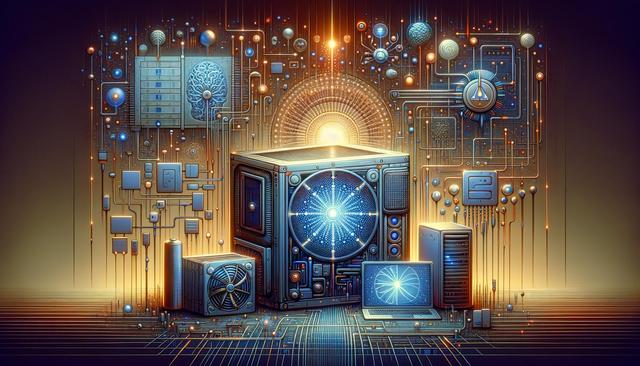AI-Powered Content Creation Is Reaching New Heights
In 2025, AI tools designed for content creation are more advanced than ever. These platforms have evolved from simple text generators to multifaceted assistants capable of producing long-form articles, video scripts, and even audio narrations. They are increasingly used by marketers, publishers, and educators to streamline content production while maintaining quality and consistency. The integration of natural language processing (NLP) models has enabled tools to understand context better, match tone, and even mimic specific writing styles.
Some of the most impactful advancements in this area include:
- Multilingual content generation for global outreach
- Real-time collaboration features for teams
- Built-in tools for SEO optimization and readability analysis
These capabilities allow businesses and individuals to produce more content in less time without sacrificing originality or engagement. With voice-to-text and automatic translation features now standard in many applications, accessibility and inclusivity are also seeing significant improvements.
Design and Visual Tools Enhanced by Machine Learning
Graphic design is another field where AI tools have become remarkably influential. In 2025, machine learning models are capable of generating sophisticated designs based on simple prompts. These platforms help users create logos, presentations, social media graphics, and even detailed illustrations with minimal manual input.
Features that are gaining traction include:
- Template suggestions based on user behavior and industry trends
- AI-guided color palette and font selection
- Style transfer capabilities that adapt existing designs to new themes
What sets these tools apart is their ability to learn from user interactions, enabling more personalized and efficient design experiences. Small businesses and freelancers, in particular, benefit from reduced dependency on traditional design software and services.
AI Tools in Business Process Automation
Many companies are turning to AI-driven tools to optimize their workflows and operational efficiency. In 2025, automation goes beyond simple task management to include predictive analysis, smart scheduling, and even employee engagement tracking. These platforms integrate easily into existing systems, offering real-time insights and automating repetitive tasks across departments.
Key uses of AI in business operations include:
- Automated report generation and data visualization
- Customer service chatbots with natural conversation flow
- Smart resource allocation based on predictive demand
By leveraging these tools, organizations can reduce costs, improve employee productivity, and make data-driven decisions faster. The shift toward no-code or low-code platforms also means that more team members—not just IT professionals—can contribute to automation initiatives.
AI in Education and Personal Learning
The education sector is experiencing a profound shift thanks to AI-powered learning tools. These platforms adapt to individual learning styles and paces, offering personalized lesson plans and instant feedback. In 2025, such tools are widely used in both formal education settings and for self-directed learning.
Notable features of modern AI learning platforms include:
- Interactive simulations and gamified learning modules
- Real-time performance tracking and skill gap analysis
- Multimodal content delivery, including video, text, and quizzes
Educators benefit from AI tools that assist in grading, curriculum planning, and student engagement tracking. Meanwhile, learners enjoy a more tailored and effective educational experience. These developments are especially valuable in remote and hybrid learning environments, where consistency and engagement can be challenging to maintain.
AI Tools for Personal Productivity and Well-Being
Beyond professional applications, AI tools are increasingly being used to enhance individual productivity and well-being. From intelligent scheduling assistants to mental health apps, these technologies aim to help users manage their time, tasks, and emotional health more effectively.
Some popular applications in this category include:
- AI-assisted journaling and mood tracking
- Smart calendar apps with priority-based task sorting
- Voice-activated note-taking and reminders
These tools can analyze behavior patterns to suggest actionable improvements, such as better time allocation or stress management techniques. With growing awareness of mental health, many users are turning to AI-powered platforms that offer non-intrusive support and daily wellness check-ins.
Conclusion: Embracing the Future of Intelligent Tools
As 2025 unfolds, it’s clear that AI tools are not just enhancing existing workflows—they are redefining how we work, create, and learn. Whether you’re a business owner, educator, content creator, or simply someone looking to stay organized, there’s likely an AI-powered solution that fits your needs. These tools are becoming more accessible, user-friendly, and adaptable, making it easier than ever to integrate them into daily life. By keeping pace with these innovations, users can unlock new levels of efficiency, creativity, and personal growth.







